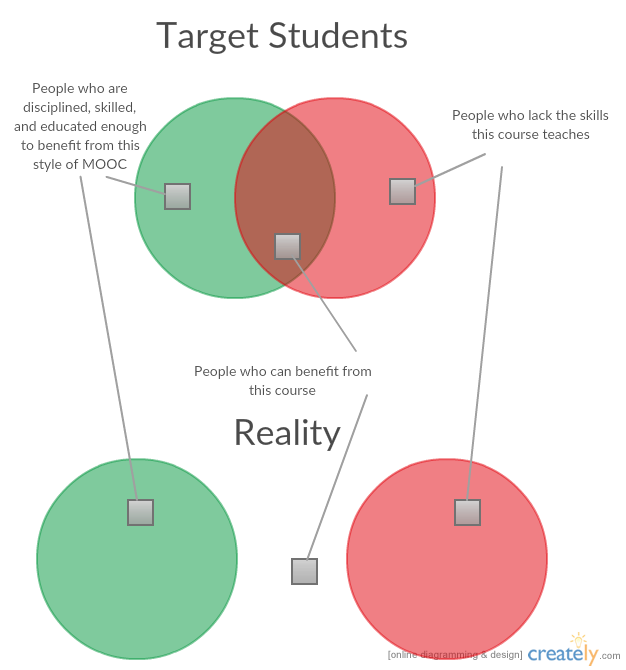Technically, the first module for my degree course will start 1 October. But that’s a Saturday. Who starts anything on a Saturday? Heck, even weekends start Friday night.
So there are realistically two other dates which combine for a ‘soft start’ to the module, ahead of the 1 October hard start. These dates are the Module Website Live/Open date, and the date materials are received. One might think that this would be one or two days after the Materials Despatch date, but often materials seem to be received the day before this date, so who knows.
The website open date for TU100 this year is 6 September, and the Materials Despatch date is 9 September. Since that’s a Friday, I expect that the materials will probably show up the following Tuesday. So I’m going to call the Soft Start date for TU100 this year 13 September. We’ll call that three weeks away.
So what’s happened lately, and what’s going to happen?
Yesterday, our Introduction Forums opened. They’re rather hard to find, though. The site they’re on is called “Student Support Forums” allegedly under the Student Planner. But I can’t actually find a link to the Student Planner anywhere. That’s one of the major flaws of the OU: They keep coming up with great new ideas, but they don’t remove all the old ideas, so it’s kind of like trying to find your way through a really old London hotel that’s been cobbled together from a few other buildings. You can’t necessarily get to the next room by walking in a straight line. It may require you to go back up the hall, take a lift down, over a hallway, take a half flight of stairs to a mezzanine, and then swing across a chasm to the room.
Anyway, don’t lose your link, or you’ll never find your way back to the Student Support Forums. I think it’s because they’ve opened them before opening our website.
The Introduction Forums have been positively flooded. There’s several dozen posts already for Computing & IT, and only the Psychology forum comes close to the same number. And the Psychology intro forum looks like someone’s kicked over an ant hill. There’s hundreds of conversations all over the place, so I don’t know if it’s lots of different people talking, or the same three creating a new thread every time they have a new thought. I suspect the former, however, as I’ve read that Psychology had the largest intake of new students every year.
This kicked off a new spate of new Facebook groups. I think that’s really a good thing, though. Because if each of these groups has a slightly different flavour, it’s going to be easier to find one that works for me and my specific needs.
It also brought up a topic which had been brought up a few times in the past couple of weeks: Sense. Once again, Sense is the customised version of Scratch developed specifically for TU100. Our Introduction Forum moderator sort of warned everybody that they’d damage their brains if they downloaded Scratch, and that they’d be risking eternal damnation if they downloaded Sense from the OU before the Official Grand High Link from the Module Website opened.
Which is rubbish. Download Sense and play with it. It’s not as good as modern Scratch, but it’s fun. If you want a more useful language that’s still exactly as simple, download Scratch or use the cloud version. Heck, download Scratch 1.4, which is nearly identical to Sense except for TU100 specific things. If you want to know what to do with Sense, search for tutorials on Scratch 1.4. Or, y’know, wait for the soft start.

